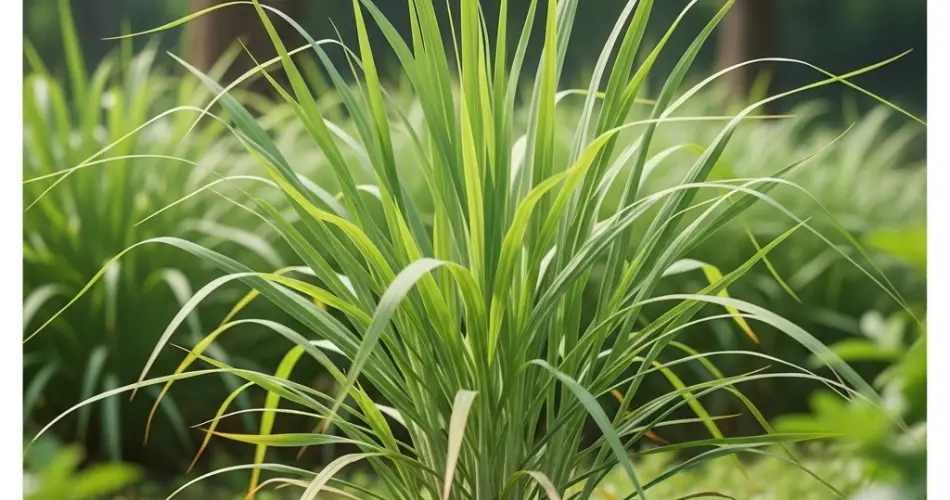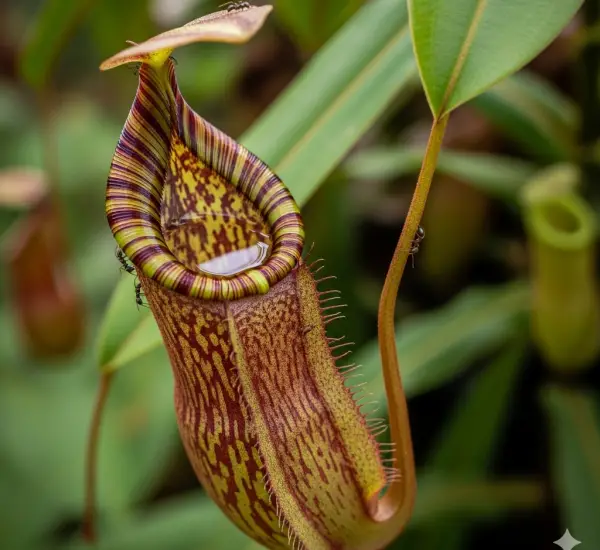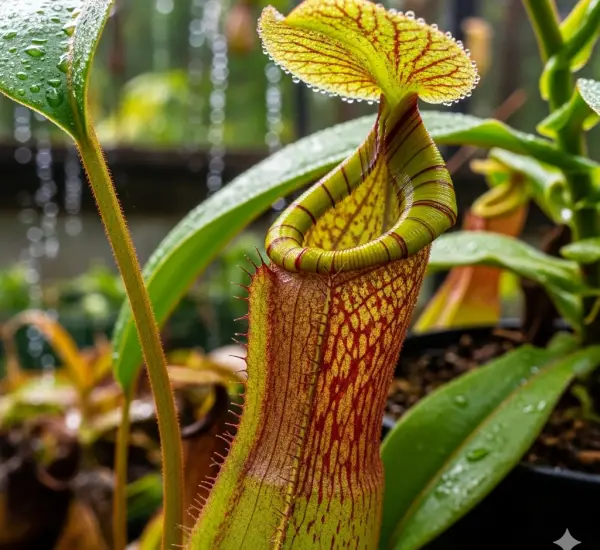Lemongrass (Cymbopogon citratus) is a fragrant, fast-growing herb valued in cooking, herbal medicine, and garden aesthetics. Native to tropical climates, this hardy grass thrives with sunlight, warmth, and well-drained soil—but to reach its full, lush potential, lemongrass benefits significantly from proper fertilization.
If you’re growing lemongrass in your garden or containers, understanding the right kind of fertilizer and how to apply it can dramatically boost your plant’s vigor, size, and flavor. Here’s a guide to choosing the best fertilizers and using them effectively for thriving lemongrass.
Why Lemongrass Needs Fertilizer
Lemongrass is a heavy feeder, especially during its peak growing season. To produce its tall, leafy stalks and rich citrusy aroma, the plant pulls a lot of nutrients from the soil. Without proper feeding, lemongrass can become stunted, pale, and less flavorful.
Fertilizer plays a key role in:
-
Encouraging rapid leaf and stalk development
-
Improving the plant’s resistance to pests and diseases
-
Enhancing the essential oil content that gives lemongrass its signature scent
-
Prolonging the harvesting season
While lemongrass can tolerate slightly poor soils, feeding it correctly ensures lush, dense growth, especially if it’s grown in containers or repeatedly harvested.
Key Nutrients Lemongrass Needs
Lemongrass primarily benefits from a balanced or nitrogen-rich fertilizer to promote leaf growth. The key nutrients include:
-
Nitrogen (N): Supports leafy, green growth—crucial for a grass like lemongrass.
-
Phosphorus (P): Helps develop strong roots and supports overall plant health.
-
Potassium (K): Improves disease resistance and enhances flavor and aroma.
-
Micronutrients: Calcium, magnesium, and iron support enzyme activity, photosynthesis, and chlorophyll formation.
A balanced N-P-K fertilizer (e.g., 10-10-10) is a good start, but for more vigorous leaf production, many gardeners prefer a higher-nitrogen ratio (e.g., 16-4-8 or 20-5-10).
Best Types of Fertilizer for Lemongrass
1. Compost and Aged Manure (Organic Option)
Rich in slow-release nutrients, compost and well-aged manure improve soil structure and provide a wide range of trace minerals. They’re particularly useful when planting lemongrass directly in garden beds.
How to use:
-
Mix compost into the soil before planting.
-
Top-dress every 4–6 weeks during the growing season.
-
Use as mulch to retain moisture and suppress weeds.
2. Liquid Fish Emulsion or Seaweed Extract (Organic)
Liquid organic fertilizers like fish emulsion and seaweed extract are great for boosting growth without overfeeding. They provide trace minerals and promote microbial activity in the soil.
How to use:
-
Dilute according to label directions.
-
Apply every 2–3 weeks as a foliar spray or soil drench.
-
Best used during active growing months (spring to early fall).
3. Granular All-Purpose Fertilizer (Synthetic or Organic)
A balanced, slow-release fertilizer works well for garden-grown lemongrass. Look for formulas labeled 10-10-10 or similar for even nutrient distribution.
How to use:
-
Mix into soil at planting time.
-
Reapply according to package instructions (typically every 6–8 weeks).
-
Water thoroughly after application to prevent root burn.
4. Nitrogen-Rich Lawn Fertilizer (With Caution)
Since lemongrass is a grass, it responds well to high-nitrogen lawn fertilizers. However, only use non-toxic, chemical-free formulations to avoid contaminating edible leaves.
How to use:
-
Apply lightly—about half the dosage recommended for lawn use.
-
Avoid fertilizers with herbicides or weed preventers.
-
Water in well and monitor for signs of overfertilization.
5. Liquid Vegetable Fertilizer
Formulas made for leafy greens also suit lemongrass. These typically have a higher nitrogen content and are safe for edible plants.
How to use:
-
Mix and apply every 2–4 weeks during growth periods.
-
Ideal for lemongrass grown in pots or raised beds.
Fertilizing Lemongrass in Pots
Lemongrass in containers needs more frequent feeding than garden-planted herbs. Since nutrients wash out faster with watering, a regular feeding schedule is important.
Tips:
-
Use a liquid fertilizer every 2–3 weeks during the growing season.
-
Supplement with slow-release granules every 6–8 weeks.
-
Refresh potting soil with compost or organic matter at the start of each growing season.
Signs Your Lemongrass Needs Feeding
Even with a good care routine, lemongrass may show signs that it’s hungry:
-
Pale or yellowing leaves
-
Thin or stunted stalks
-
Weak aroma
-
Slow or halted growth
These symptoms typically indicate nitrogen deficiency, especially if the plant is in active growth. Adjust fertilization accordingly to revive vigor.
Common Fertilizing Mistakes to Avoid
-
Overfeeding: Too much fertilizer, especially nitrogen, can lead to soft growth prone to pests or disease.
-
Feeding during dormancy: In cooler climates, lemongrass may slow down in fall and winter. Avoid fertilizing during this time.
-
Using chemical lawn products: These often contain weed killers harmful to edible plants.
Final Thoughts
Lemongrass is a rewarding herb that grows quickly with the right nutrients. Whether you choose organic compost, seaweed extract, or a slow-release synthetic blend, the key is to support the plant’s natural vigor with balanced, nitrogen-rich feeding throughout the warm months.
With consistent fertilization and proper watering, your lemongrass will thrive—producing tall, aromatic stalks perfect for culinary use, herbal teas, and even natural pest repellents in the garden.



